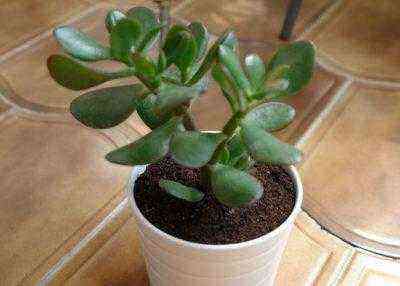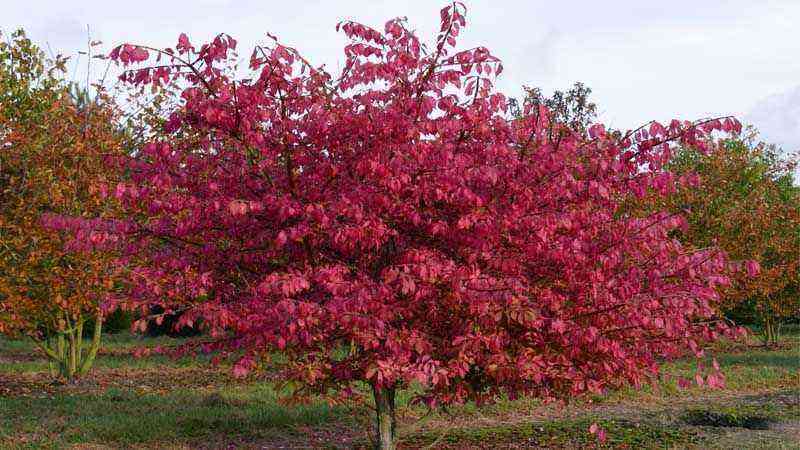It’s almost impossible when they tell you to think of a typical pond aquatic plant to say anything other than water lily. The water lily has been, is and will be the aquatic plant par excellence for the pond. However, there are many aquatic species that we can grow in the garden pond. One of those plants and truly curious is Orontium aquaticum.
Orontium, a genus with only one species
Aquatic plants there are quite a few. The problem is that many of them are not particularly attractive and of debatable ornamental value. The water lily is known because it will possibly be the most widely accepted plant, mainly due to its foliar structure and the beauty of its flowers. We could say that more than 90% of people only know the water lily as an aquatic plant. Until not too long ago I was within this 90%.
The intention of Agromática is to try to publicize various crops, and with this post we want to expand the list of possible aquatic plants for a pond. We have chosen this for being a plant with curious appeal, both in the leaves and in its flowers.
If you still don’t have a pond, take a look at this article from how to make one.
Whenever in Agromática we talk about the taxonomic classes of plants (families, genera, species…) we find that a genus has tens, hundreds and even thousands of different species. And if we talk about families that encompass genders, then we are already lost. In this case we have it very easy. When we say gender Orontium we are actually referring to Orontium aquaticum because only this species exists. Its origin is North American and there it is known as Golden club (palo dorado).
Some characteristic of the aquatic plant Orontium aquaticum
This plant forms a massif of leaves with a more vertical projection, unlike the water lilies, whose leaf rests whole on the surface of the pond. It has elongated and oval leaves of an intense dark green color with the base and some edges that are purple. If there is something that stands out about this plant, it is its flowering. Back in the spring, spadices or spikes with golden tips begin to emerge from the massif. It is certainly very eye-catching.
The type of floral structure is very similar to one of the best known indoor plants, the espatifilo or spatiphyllum. The leaves are deciduous and have a film that makes them waterproof.
Cultivation and care of Orontium aquaticum
Climate and sun exposure
It’s a plant quite resistant that gives few problems. Tolerates up to -15 ºC of ambient temperature. The first thing that comes to mind is that at that temperature it is very possible that the pond is frozen. Indeed, but that does not affect the plant as long as its rhizomes are deep.
The buffering effect of water is exceptional. At least in Spain, it is difficult for the ice layer formed in a small pond to exceed 5 or 6 cm in cold areas. Exposure can be perfectly in full sun.
Proper pond depth
For aquatic plants, an important factor is knowing the depth that their root systems require. In the case of Orontium aquaticum ranges from at least 10 cm to 50 cm.
General care
It does not usually give disease problems. The only task to do is to remove the dead foliage in the fall. Remember that it is deciduous. If it is planted young, it will need a period of acclimatization so do not move it much until it is adapted.
Growth and reproduction rate of Orontium aquaticum
It reproduces by division of the rhizomes in spring. If you have seed you can also do it in spring in pots continuously submerged in water so that the substrate is saturated. The normal size that they usually reach is a diameter of 50-60 cm in 2-3 years.
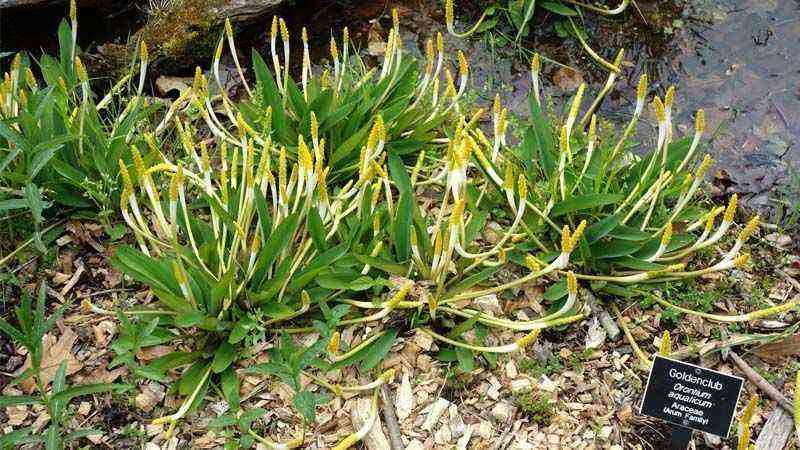



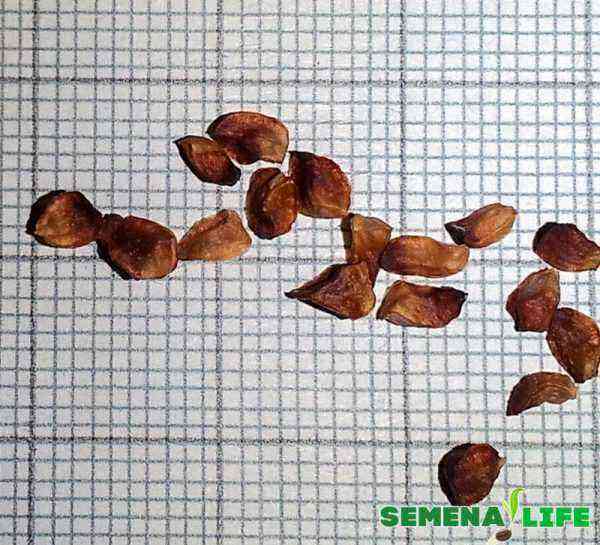



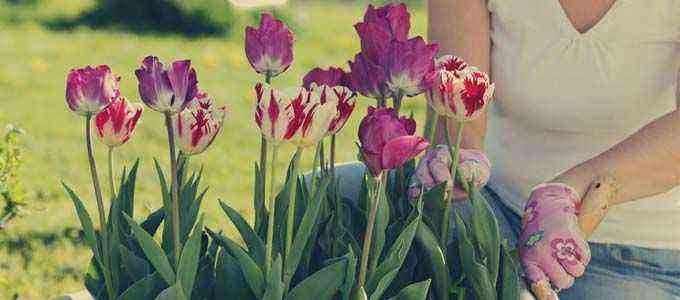

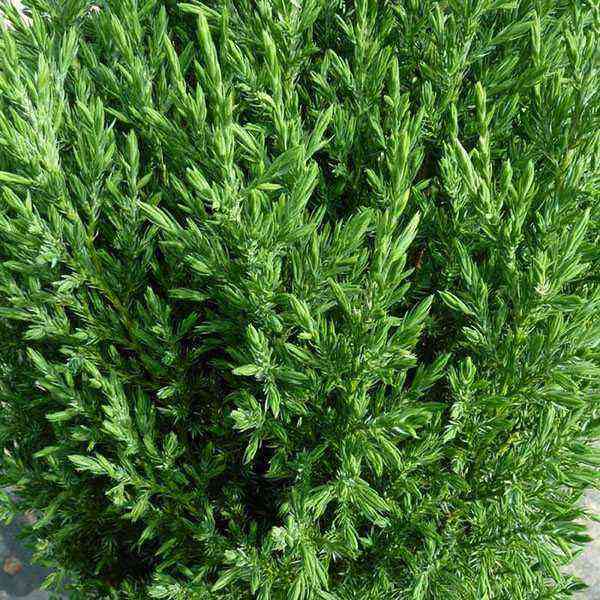


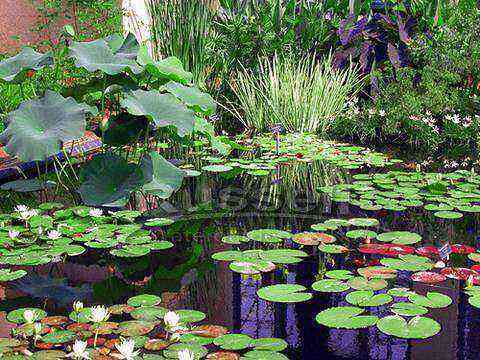

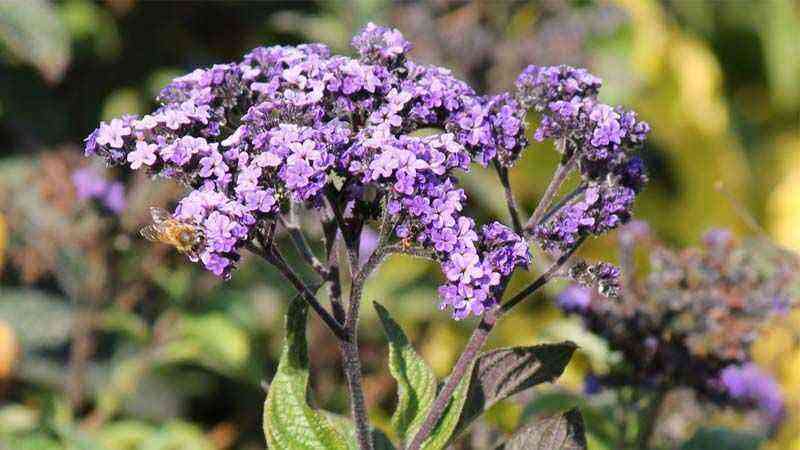
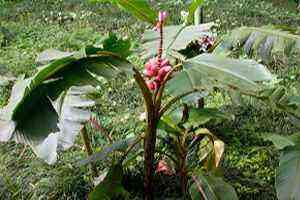
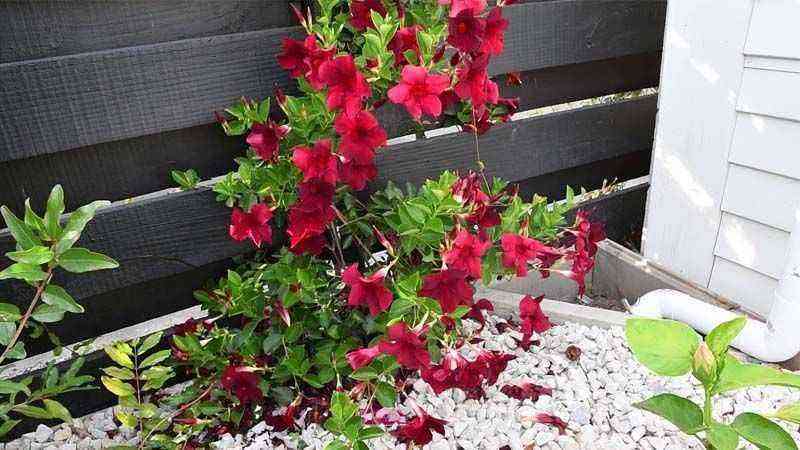

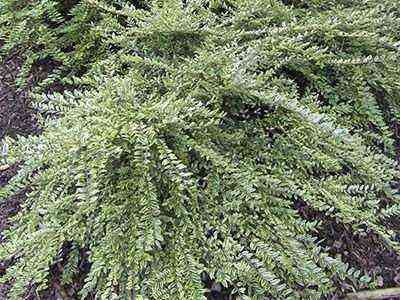



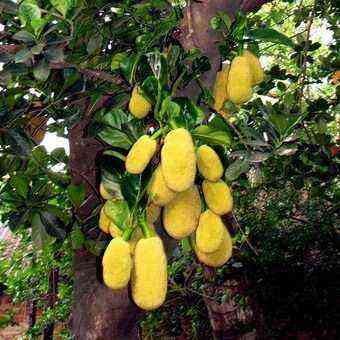
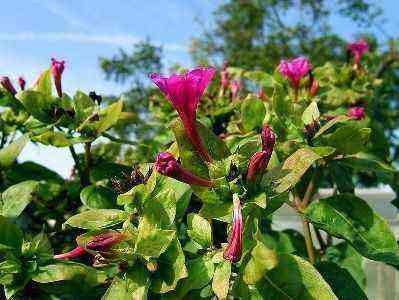
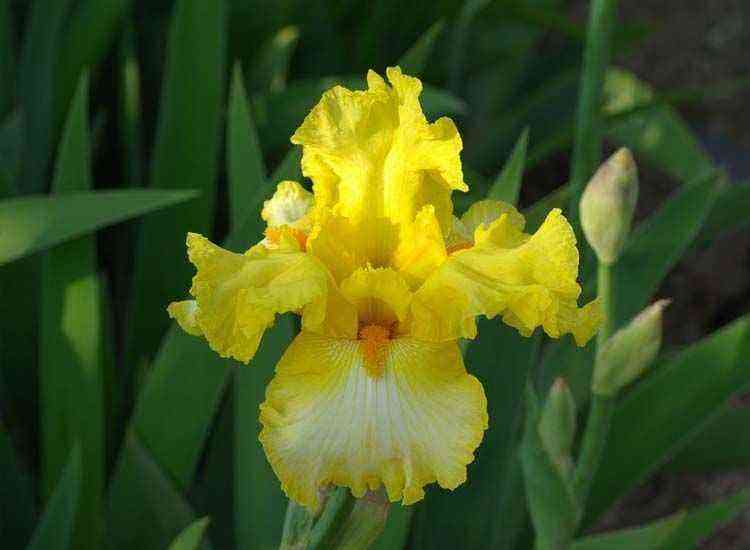
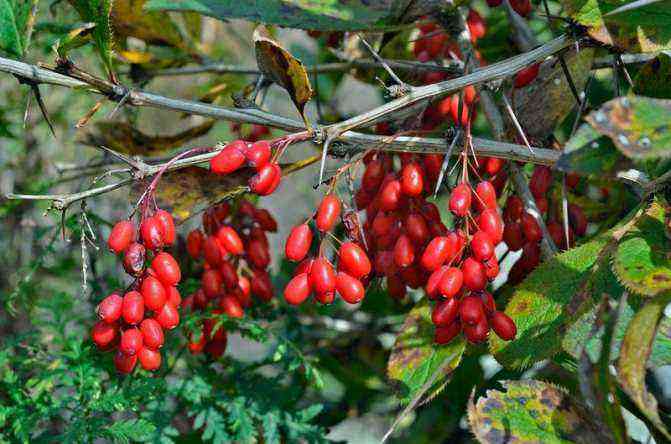



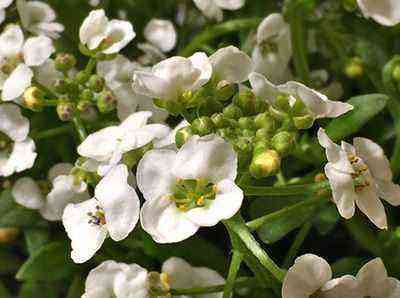
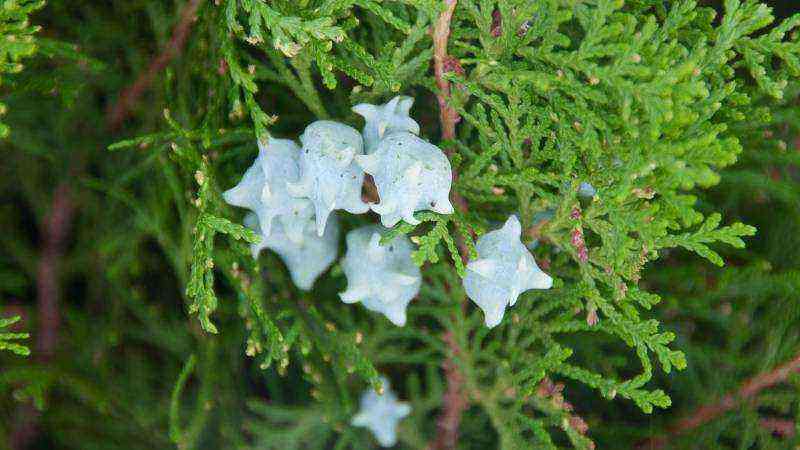
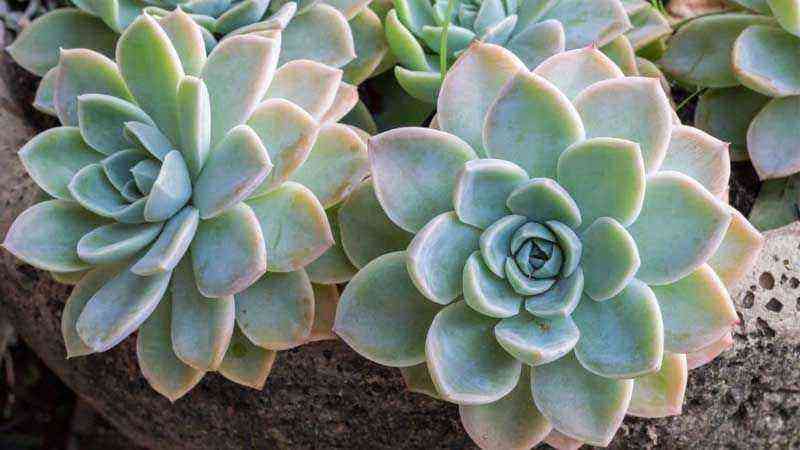


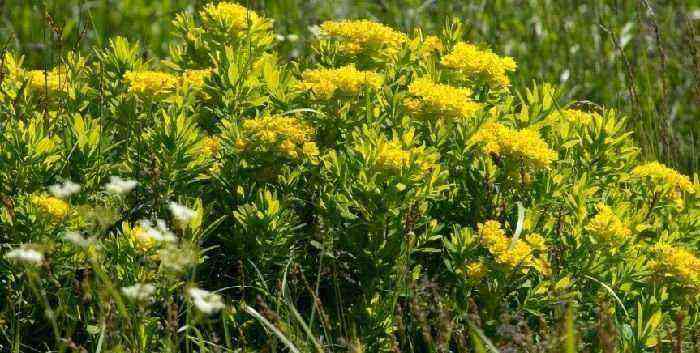
![Cultivo de Magnolia stellata [magnolia estrellada] Cultivo de Magnolia stellata [magnolia estrellada]](https://farmer-online.com/wp-content/uploads/2021/05/Cultivo-de-Magnolia-stellata-magnolia-estrellada.jpg)

